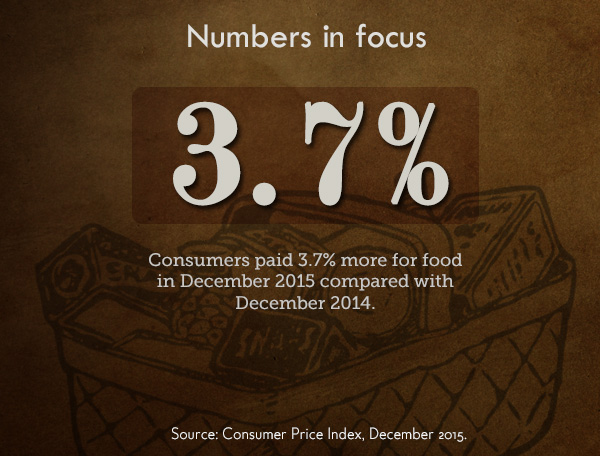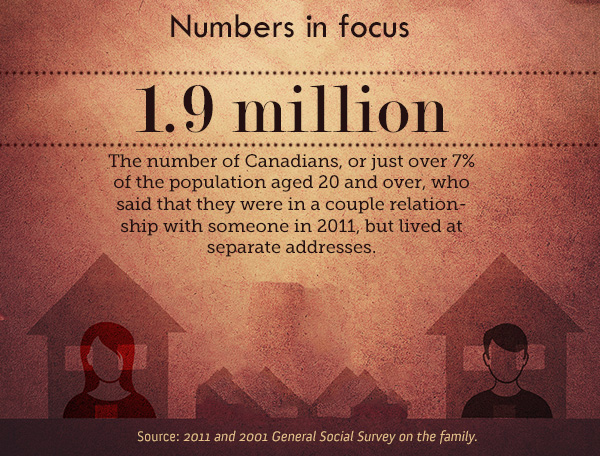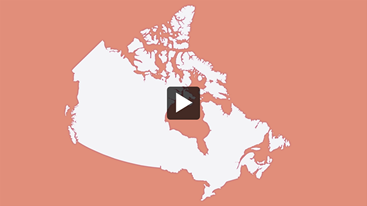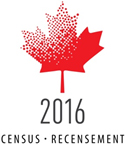The Business & Community Newsletter – February 2016
Archived Content
Information identified as archived is provided for reference, research or recordkeeping purposes. It is not subject to the Government of Canada Web Standards and has not been altered or updated since it was archived. Please "contact us" to request a format other than those available.

Feature
Price Indexes
In this edition of the newsletter we are putting the spotlight on price indexes with a brief description and links to recent releases.
One of the best known price indexes is the Consumer Price Index (CPI). The CPI is one of many price change measures available to the public. It reflects the experience of Canadian consumers buying consumer goods and services. Statistics Canada publishes a number of measures of price change for different target groups, for different products, and using different methodologies. Take the evolution of gasoline prices for example. Depending on the circumstances, it might be more useful to examine the price of gasoline at the gas pump (from the CPI), the price of gasoline as it leaves the refinery (from the Industrial Product Price Index), or world crude oil prices (from the Raw Materials Price Index).
The Consumer Price Index, December 2015
The goods and services that make up the Consumer Price Index (CPI) are organized according to a hierarchical structure with the "all-items CPI" as the top level. Eight major components of goods and services make up the "all-items CPI". They are: "food", "shelter", "household operations, furnishings and equipment", "clothing and footwear", "transportation", "health and personal care", "recreation, education and reading", and "alcoholic beverages and tobacco products". These eight components are broken down into a varying number of sub-groups which are in turn broken down into other sub-groups. Please consult CANSIM table 326-0020.
Consult the Consumer Price Index for December 2015 for more highlights from a recent release.
The Industrial product and raw materials price indexes, November 2015
The Industrial Product Price Index reflects the prices that producers in Canada receive as the goods leave the plant gate. It does not reflect what the consumer pays. Unlike the Consumer Price Index, the IPPI excludes indirect taxes and all the costs that occur between the time a good leaves the plant and the time the final user takes possession of it, including transportation, wholesale and retail costs.
The Raw Materials Price Index reflects the prices paid by Canadian manufacturers for key raw materials. Many of those prices are set on the world market.
The New Housing Price Index, November 2015
The New Housing Price Index measures changes over time in the selling prices of new residential houses agreed upon between the contractor and the buyer at the time of the signing of the contract. It is designed to measure the changes in the selling prices of new houses where detailed specifications pertaining to each house remain the same between two consecutive periods.
The Machinery and Equipment Price Index, third quarter 2015
The Machinery and Equipment Price Index provides quarterly estimates of price changes for machinery and equipment purchased by industries in Canada.
The Farm Input Price Index, third quarter 2015
The Farm Input Price Index is an indicator of the change in input costs faced by Canadian farmers.
The Accounting Services Price Index, 2014
The Accounting Services Price Index is an annual survey. The index collects prices for accounting engagements that are used to measure price movements over time in the accounting services industry.
The Traveller Accommodation Services Price Index, third quarter 2015
The Traveller Accommodation Services Price Index (TASPI) measures the monthly price movement for accommodation services. This index reflects changes in room rates for overnight or short stays with no meals or other services provided and excluding all indirect taxes.
Numbers in focus
Every month we put a couple of interesting numbers in the spotlight!

Numbers in Focus - 3.7%
Consumers paid 3.7% more for food in December 2015 compared with December 2014.
Source: Consumer Price Index, December 2015.

Numbers in Focus - 1.9 million
The number of Canadians, or just over 7% of the population aged 20 and over, who said that they were in a couple relationship with someone in 2011, but lived at separate addresses.
Source: 2011 and 2001 General Social Survey on the family.
What's new?
Video: Consumer Price Index (CPI)
 Here is a short animated video titled "The Consumer Price Index and Your Experience of Price Change." This video that explains how and why the price change reported by the Consumer Price Index (CPI) may vary from the prices Canadians see on the shelves. It tells the story of Joe and Izzy, and how they each perceive price change as compared with the CPI.
Here is a short animated video titled "The Consumer Price Index and Your Experience of Price Change." This video that explains how and why the price change reported by the Consumer Price Index (CPI) may vary from the prices Canadians see on the shelves. It tells the story of Joe and Izzy, and how they each perceive price change as compared with the CPI.
Valentine's Day... by the numbers
If you like chocolate you are not alone. The average expenditure on candies and chocolates by Canadian households in 2013 was $191. Almost as impressive is the fact that 5.9 million rose stems were produced in Canada in 2014. Why are we talking about chocolates and roses? Because February 14 is Valentine's Day!
Recruitment for the 2016 Census
The 2016 Census: Join the team!
 Looking to make a lasting contribution to Canada, its communities and its people? Canada's next census will take place in May 2016 and Statistics Canada is hiring approximately 35,000 employees across the country to work on the collection phase of the 2016 Census.
Looking to make a lasting contribution to Canada, its communities and its people? Canada's next census will take place in May 2016 and Statistics Canada is hiring approximately 35,000 employees across the country to work on the collection phase of the 2016 Census.
Staff are required for a variety of supervisory and non-supervisory positions between March and the end of July 2016.
If you're interested in working directly in the community, meeting new people or earning supplementary income, then this kind of work is right for you! Apply online at www.census.gc.ca/jobs.
- Date modified:
